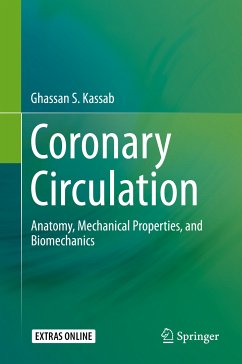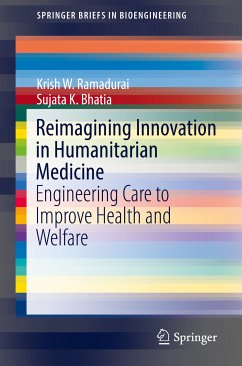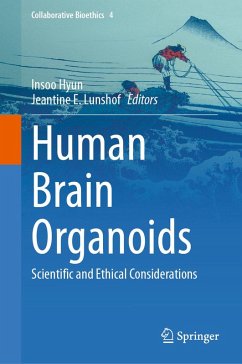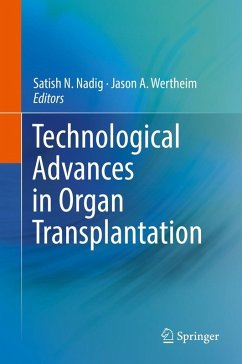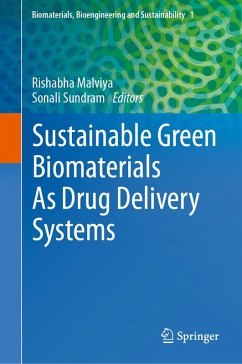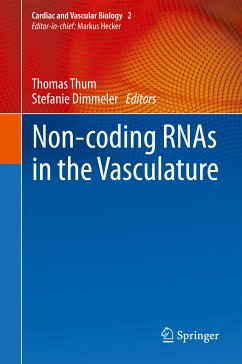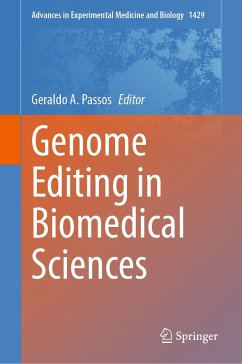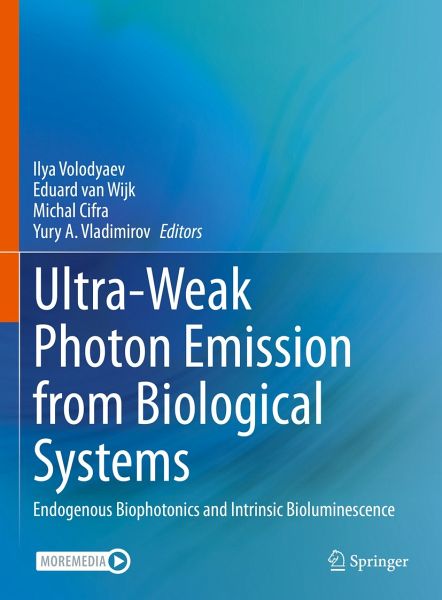
Ultra-Weak Photon Emission from Biological Systems (eBook, PDF)
Endogenous Biophotonics and Intrinsic Bioluminescence
Redaktion: Volodyaev, Ilya; Vladimirov, Yury A.; Cifra, Michal; Wijk, Eduard van
Versandkostenfrei!
Sofort per Download lieferbar
264,95 €
inkl. MwSt.
Weitere Ausgaben:

PAYBACK Punkte
132 °P sammeln!
This book addresses the phenomenon of biological autoluminescence (also known as ultraweak photon emission, UPE, biochemiluminescence, or biophotons) and deals with a very broad spectrum of subjects, ranging from basic observational studies to molecular mechanisms, free-radical processes, physics of electron excitation and photon emission, as well as detection techniques. The chapter topics include UPE in plants, animals, and the human body; microorganisms and subcellular structures; and model systems, illustrating its high prevalence. Several sections of the book provide some backstory, with ...
This book addresses the phenomenon of biological autoluminescence (also known as ultraweak photon emission, UPE, biochemiluminescence, or biophotons) and deals with a very broad spectrum of subjects, ranging from basic observational studies to molecular mechanisms, free-radical processes, physics of electron excitation and photon emission, as well as detection techniques. The chapter topics include UPE in plants, animals, and the human body; microorganisms and subcellular structures; and model systems, illustrating its high prevalence. Several sections of the book provide some backstory, with emphasis on methodology, unresolved questions, and existing controversies. The authors raise and discuss complex, potentially divisive aspects: Are there any reasons to assume the existence of non-chemical interaction in biological systems? Can research results in the field of mitogenetic radiation, delayed luminescence, and oxychemiluminescence of model systems, be correctly interpreted? Whatdoes the future hold for this area of research? Altogether, this publication gives the reader a thorough overview of biological autoluminescence (UPE, biophotonics) research, making it ideal for students and researchers who are new to the area as well as those who are specializing in it.
Dieser Download kann aus rechtlichen Gründen nur mit Rechnungsadresse in A, B, BG, CY, CZ, D, DK, EW, E, FIN, F, GR, HR, H, IRL, I, LT, L, LR, M, NL, PL, P, R, S, SLO, SK ausgeliefert werden.



